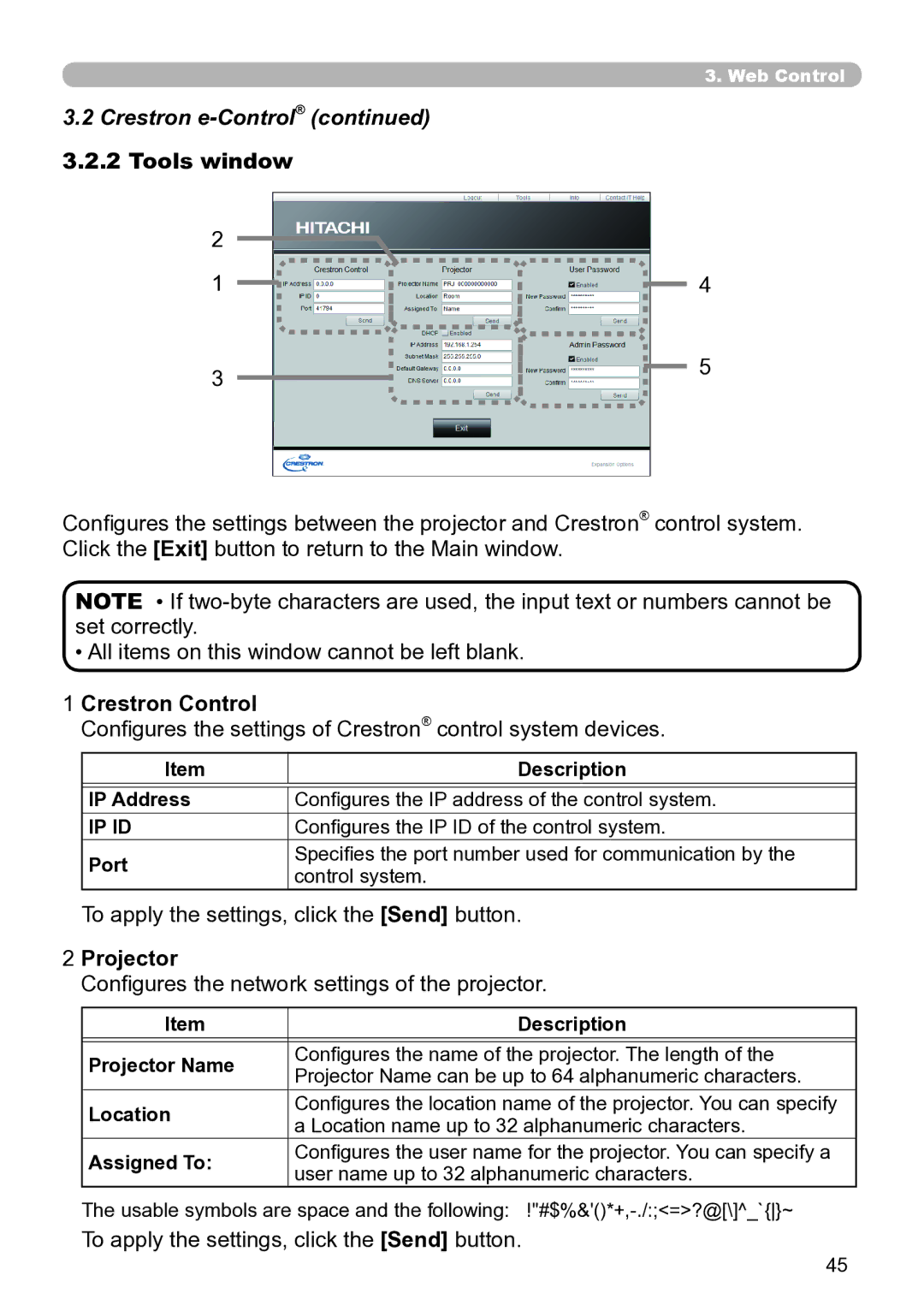8929W, 8930, 8755N, 8931W, 8937 specifications
Dukane is a significant player in the field of ultrasonic plastic welding, offering a range of models designed for various industrial applications. Among its notable products are the Dukane 8937, 8931W, 8755N, 8930, and 8929W. Each of these models comes with unique features, technologies, and characteristics that set them apart in the market.The Dukane 8937 is renowned for its robust construction and reliability. It incorporates advanced ultrasonic technology, which enables precise welding of thermoplastic materials. One of its standout features is the ability to deliver high power output, which facilitates quick and efficient welding processes, significantly reducing cycle times. The 8937 is also equipped with an intuitive user interface, allowing operators to easily program and monitor the welding parameters.
Next in the lineup is the Dukane 8931W, which boasts wireless capabilities. This feature allows for remote operation and monitoring, enhancing flexibility on the factory floor. The 8931W incorporates smart technology that enables real-time data collection and analysis, ensuring optimal welding conditions and increasing production efficiency. Its ergonomic design also makes it user-friendly, promoting better operator comfort during prolonged use.
The Dukane 8755N is a compact and lightweight model ideal for tight spaces. It is engineered with durability in mind, making it suitable for high-demand environments. This model features a high-frequency ultrasonic generator that provides consistent power output, ensuring high-quality welds with minimal defects. Additionally, the 8755N supports a range of ultrasonic tooling options, allowing for versatility in various applications.
The Dukane 8930 is designed for applications requiring high precision. With its advanced control systems, this model ensures repeatability and consistency in each weld. The 8930’s integrated monitoring systems provide real-time feedback, which helps in adjusting parameters on the fly and maintaining high-quality standards throughout the production process.
Lastly, the Dukane 8929W combines advanced features with a user-friendly interface. It supports a wide range of materials, making it adaptable to different manufacturing needs. The model includes an automated calibration feature, optimizing the welding process by adjusting settings according to material thickness and type.
In summary, the Dukane 8937, 8931W, 8755N, 8930, and 8929W each present exceptional characteristics and technologies that cater to a variety of industrial requirements. With their focus on efficiency, reliability, and precision, these models contribute significantly to the evolution of automated manufacturing processes, ensuring high-quality production standards in the plastics industry.

